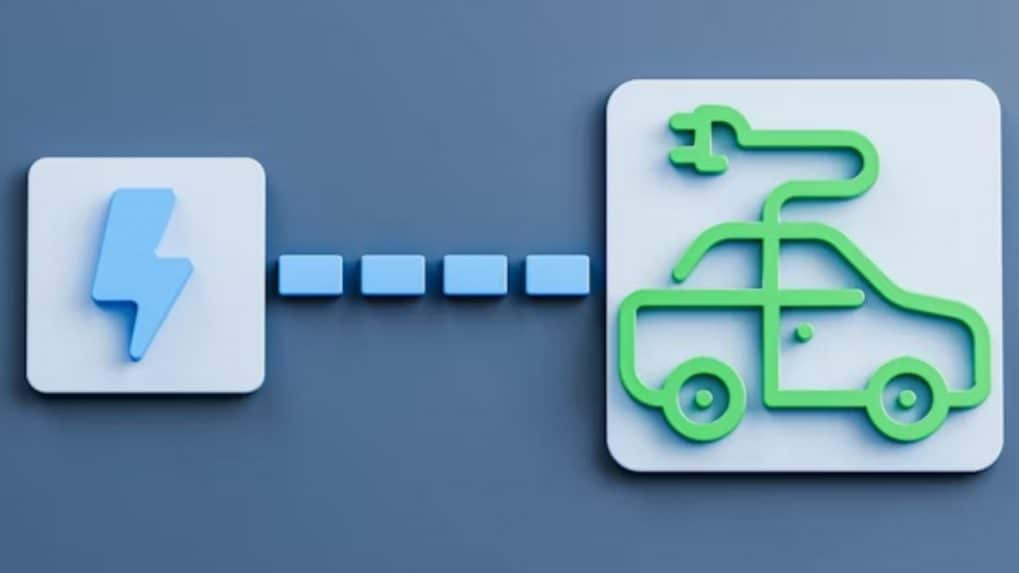Digital
Why OpenAI is hiring 100 ex-bankers: Inside the ChatGPT-maker's secret project to automate Wall Street's grunt work

Electric vehicles (EVs) are powering a dramatic shift in India’s automotive advertising landscape. In 2023 alone, EVs accounted for Rs 1,862 crore, or 38% of the Rs 4,900 crore auto advertising market, according to Madison, and this share is projected to surpass 50% by FY26. As consumer awareness grows and more players enter the space, industry-wide ad budgets for EV product launches are seeing year-on-year spikes of 25–30%, with individual campaigns touching Rs 150 crore.
Despite the growth in marketing monies, the electric vehicle manufacturers continue to face several key challenges, including critical supply chain vulnerabilities, import dependency for over 85% of battery components, and tightening global trade restrictions.
Together, these challenges are threatening to undercut the very momentum that aggressive advertising is helping build and to blunt the sector’s growth curve.
According to Dev Arora, Founder & CEO of Alt Mobility, EVs commanded a staggering 38% share of the Rs 4,900 crore spent on auto advertising in 2023. “We expect this to surpass 50% by FY26. Marketing isn’t slowing down, but the industry’s ability to deliver on its promises is at risk,” he said.
Echoing this momentum, Bharat Rao, Co-Founder and CEO of EMOBI, pointed out that EV launch marketing spends are projected to grow by 25–30% year-on-year, with large campaigns clocking in at Rs 80–Rs 150 crore. Established OEMs and startups alike are scaling up advertising—particularly across digital and influencer-driven platforms—as EVs inch closer to the mainstream.
Even as EVs represent just 6–7% of passenger vehicle sales in FY24, this share is expected to grow to 25–30% by FY30. “We’re seeing clear momentum,” said Rao. “But unless we build a resilient domestic supply chain for critical materials, growth may not be sustainable.”
Behind the Hype: Supply Chain Crunch
This marketing momentum belies the fragility of the ecosystem. India’s EV revolution is heavily reliant on imports, with over 85% of battery cell components and magnet-grade rare earths still sourced from overseas. That leaves manufacturers vulnerable to global shocks.
“China’s move to cut rare-earth export quotas by 75%, coupled with rising geopolitical tariffs from the US and Europe, has deeply impacted EV supply chains,” Arora explained. “The recent decision by Maruti to slash its EV production target by 60% due to material shortages is a wake-up call for the entire industry.”
Rao admitted that EMOBI began with a fully localized supply chain, but now only 60–65% of key components are sourced domestically. “We’re working with trusted global suppliers to fill the gaps, but long-term security will require government and industry collaboration on strategic mining and trade partnerships,” he added.
Mohal Lalbhai, Founder & CEO of MATTER, believes vertical integration is the future, particularly for two-wheeler players. “We manufacture battery packs, BMS, and motor controllers in-house. It gives us supply chain control and helps us stay insulated from global disruptions,” he said.
Kunal Gupta of EMotorad echoed this sentiment. “We’re focusing on India-based partnerships and even looking into material recycling to reduce our reliance on imports,” he said, highlighting the importance of building resilience in anticipation of global headwinds.
Ad Dollars Flow, But So Do Risks
Advertising growth has become a barometer for EV momentum. According to Lalbhai, auto adex is expected to rise to Rs 6,000 crore in 2025, with EVs contributing 9–10%. Digital-first campaigns, performance marketing, and influencer partnerships are becoming key pillars of brand strategy.
At Hyundai Motor India, traditional media still plays a dominant role. “TV and CTV remain our strongest platforms,” said Virat Khullar, AVP & Vertical Head - Marketing. Hyundai’s “Test Driven by 100” campaign featuring 100 creators testing the new CRETA Electric across India exemplifies the shift toward experience-led storytelling.
LeafyBus, focused on intercity electric transit, is taking a more educational route. “We’re not just selling buses, we’re changing perceptions. People still associate EVs with urban commutes. Our ad strategy involves trust-building through route-specific visibility,” said CEO Rohan Dewan.
Gupta of EMotorad revealed that the brand increased its ad budget multi-fold in 2025, with 60% allocated to digital media and a 5% spend earmarked for AI-led innovation. “Our focus isn’t just on product—it’s on growing the e-cycle category,” he said.
Despite record marketing spends, industry leaders warn of a growing disconnect between brand messaging and ground realities.
“There’s a widening gap between the promise being sold and the industry’s ability to deliver,” Arora cautioned. “That’s a trust risk the sector must address—fast.”
Lalbhai believes localization is critical to solving this mismatch. “Indian conditions require Indian solutions. Our motorbikes are engineered ground-up for local performance and durability,” he said.
But with persistent challenges, from battery sourcing hurdles to geopolitical trade shocks, manufacturers are walking a tightrope between ambition and reality. As Rao summarized, “We need strategic clarity, not just advertising flair.”
From Delhi’s sharp-tongued lyricists to Chennai’s bilingual innovators and North-East India’s experimental beatmakers, Rap 91 LIVE’s lineup was a sonic map of the country’s cultural diversity.
Read MoreAs WPP reels from revenue declines and vows sweeping restructuring, Publicis and Havas ride strong AI-led client demand. With Omnicom and IPG on the cusp of a historic merger, the global advertising landscape braces for a power realignment built on data, technology, and efficiency.